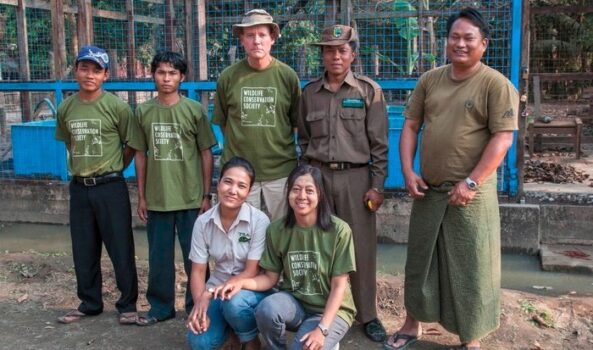
The Wildlife Conservation Society Myanmar (WCS) is an organization created over a hundred years ago that aims to save wildlife and wild places worldwide through science, conservation action, education, and inspiring people to value nature.
What do they do?
The Wildlife Conservation Society saves wildlife and wild places worldwide through science, global conservation, education, and the management of the world’s largest system of urban wildlife parks, led by the flagship New York Bronx Zoo. The organization currently manages about 500 conservation projects in more than 60 countries and educates millions of visitors on important issues affecting our planet.
With a commitment to protect 25% of the world’s biodiversity, they address four of the biggest issues facing wildlife and wild places: climate change; natural resource exploitation; the connection between wildlife health and human health; and the sustainable development of human livelihoods. While taking on these issues, they manage more than 200 million acres of protected land around the world, with more than 200 scientists on staff.
WCS was the first international NGO to initiate long-term conservation in Myanmar already in 1993. Myanmar’s wildlife includes a mix of species from north, south, and southeast Asia, which find shelter in a wide range of habitats throughout the country. Snow-capped and remote Himalayan Mountains crown the north and serve as the headwaters for some of Myanmar’s major rivers. The rivers flow through wide, central plains and down to mangrove-lined river deltas before emptying into the Bay of Bengal. Along the country’s southern tail, the coastal waters abound with coral reefs amidst more than 800 islands of the Mergui archipelago. Read more about where we work in Myanmar.
All over the country WCS also works to protect Myanmar’s endangered endemic tortoises and turtles, including the Burmese roof terrapin, known only to inhabit a river in the north of the country. WCS is safeguarding the turtle’s nesting beaches and has helped set up a captive breeding colony using animals confiscated from illegal traders.